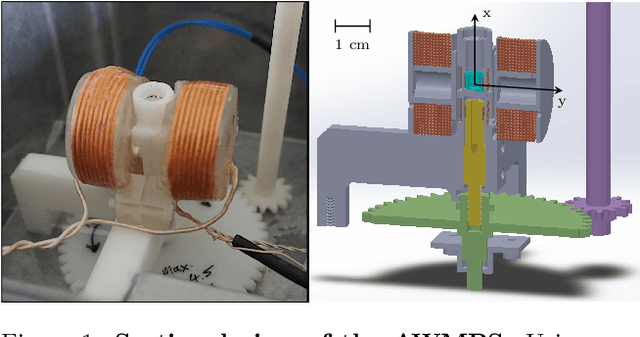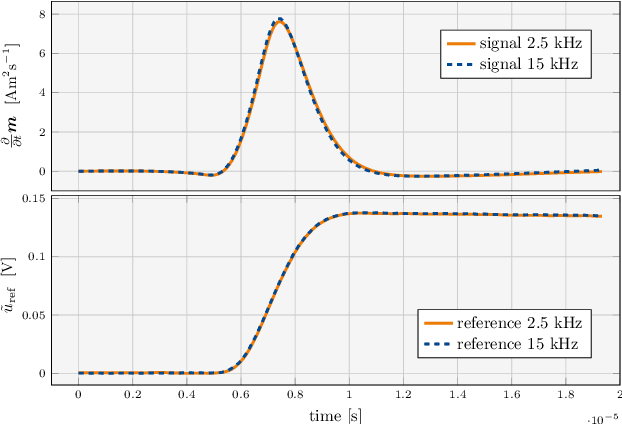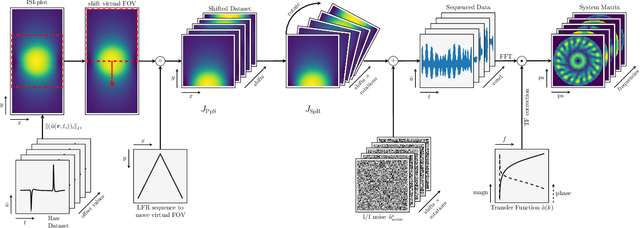System Matrix based Reconstruction for Pulsed Sequences in Magnetic Particle Imaging
Paper and Code
Aug 23, 2021



Improving resolution and sensitivity will widen possible medical applications of magnetic particle imaging in its clinical application. Pulsed excitation promises such benefits, at the cost of more complex hardware solutions and restrictions on drive field amplitude and frequency. In this work, a sequence is proposed, that combines high drive-field amplitudes and high frequency rectangular excitation. State of the art systems utilize a sinusoidal excitation to drive superparamagnetic nanoparticles into the non-linear part of their magnetization curve, which creates a spectrum with a clear separation of direct feed-through and higher harmonics caused by the particles response. One challenge for rectangular excitation is the discrimination of particle and excitation signals, both broad-band. Another is the drive-field sequence itself, as particles that are not placed at the same spatial position, may react simultaneously and are not separable by their signals phase or signal shape. This loss of information in spatial encoding is overcome in this work by utilizing a superposition of shifting fields and drive-field rotations. The software framework developed for this work processes measured data from an Arbitrary Waveform Magnetic Particle Spectrometer, which is calibrated to guarantee device independence. Multiple sequence types and waveforms are compared, based on frequency space image reconstruction from emulated signals, that are derived from these measured particle responses. A resolution of 1.0 mT (0.8 mm for a gradient of (-1.25,-1.25,2.5) T/m) in x- and y-direction was achieved and a superior sensitivity was detected on the basis of reference phantoms for the proposed sequence in this work.
 Add to Chrome
Add to Chrome Add to Firefox
Add to Firefox Add to Edge
Add to Edge